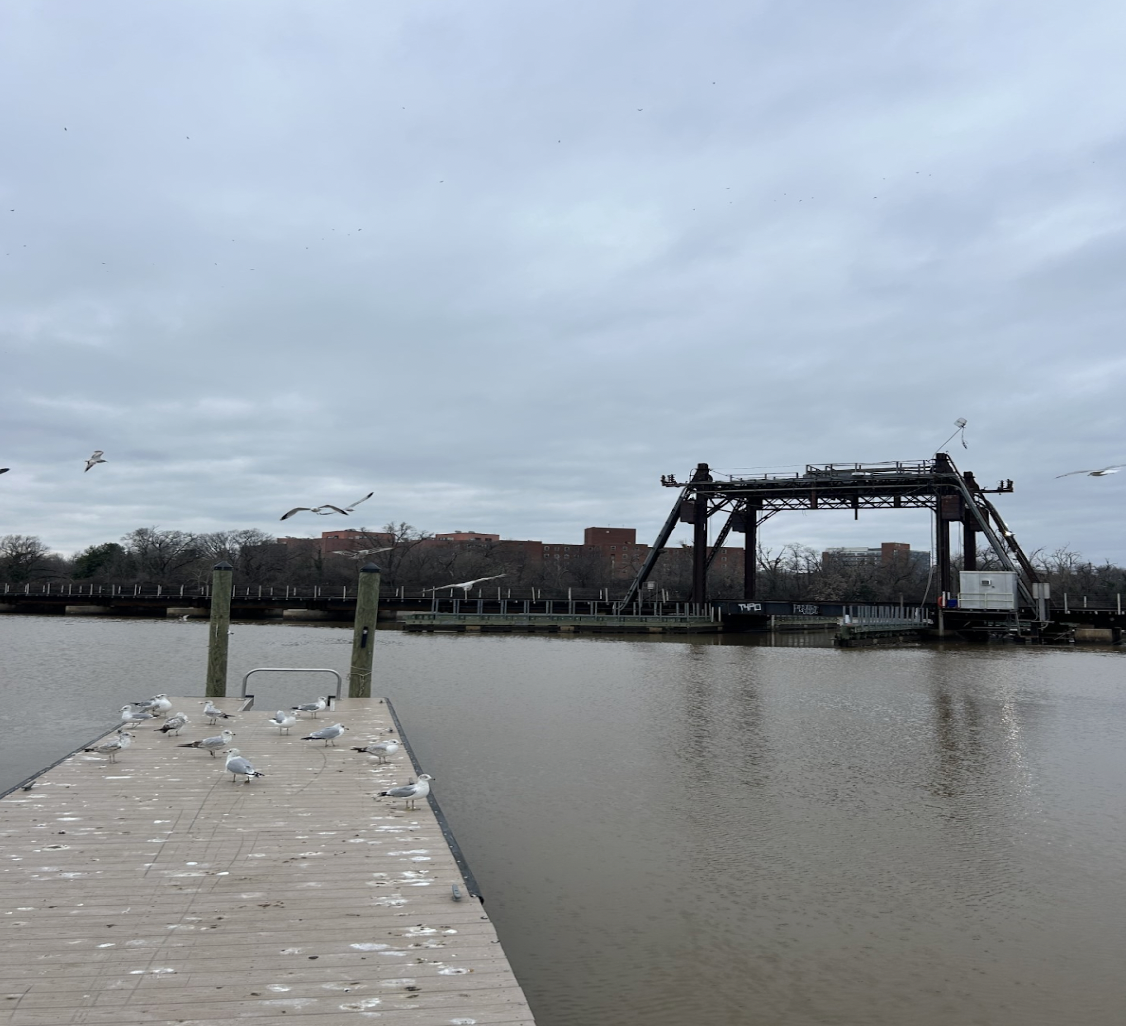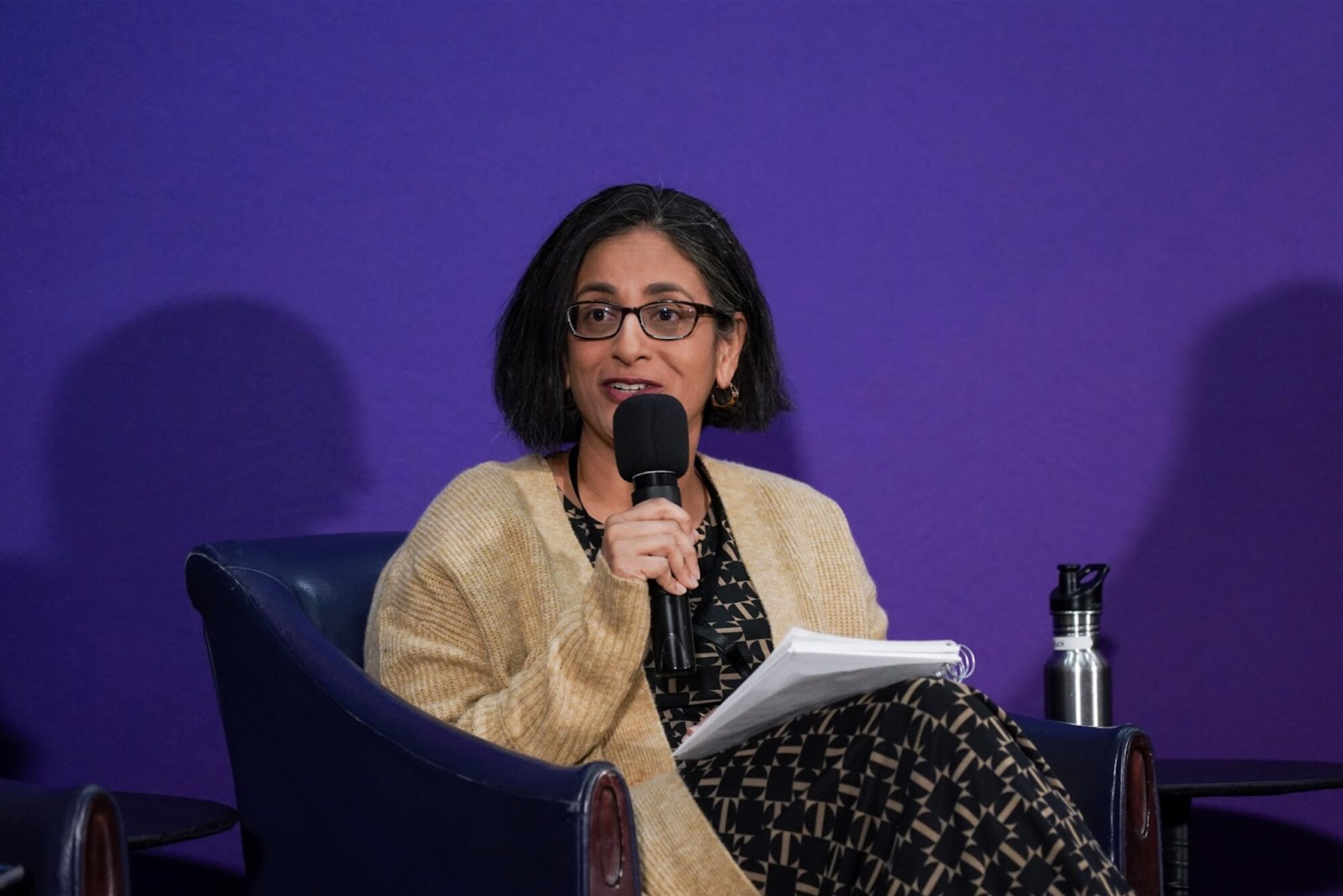Pelican Island: A story of sand and water
Story and photos by Alex Schwartz | Animation courtesy of Next Media
Abelardo “Tito” Nuñez Davies first came to Pelican Island 15 years ago. It was much larger then.
The small hut he and his mother share started out in the middle of this tiny oasis of sand. Now, the structure sits at the edge of the waves on the island’s eastern shore, amid a cluster of palm trees. The ocean laps at their doorstep. But the building never moved; the island shrank.
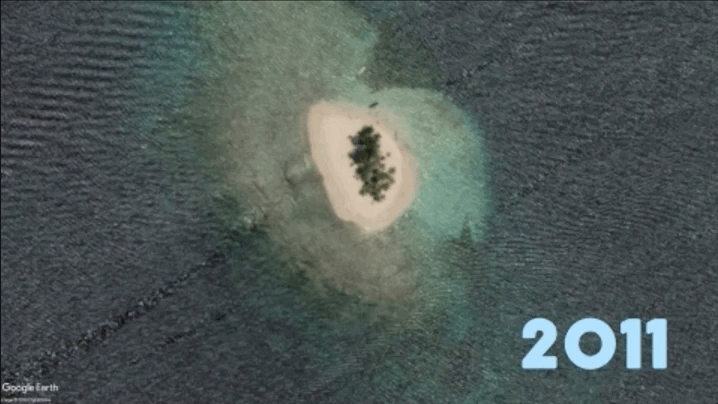
Over the past decade or so, storms have slowly been washing the sand away. Davies has seen parts of the island flood and the beach begin to disappear. The storms, he said, are getting stronger and stronger.
Last year’s particularly fierce hurricane season didn’t directly impact the area, but Pelican Island still endured the effects. “The storm was soft,” Davies said. “But it was still very scary. The whole house was flooded and it destroyed the wall.”
“What can I say? We’re here because of the grace of God,” Davies said. Despite the increasing threat of storms, he said he and his mother have no plans to relocate. They make money for their family by welcoming tourists, who visit the picturesque stretch of sand for a few hours at a time to sunbathe and drink out of coconuts. Pelican Island receives boats of them daily.
To combat the flooding, Davies and his mother are attempting to build a sea wall off the island’s western shore, which may destroy the encircling coral reef in the process. But they don’t want to risk losing their island, which provides them with significant income.
Does he think the storms will get less intense as time goes on? Davies replied with a Spanish tenet: “Ojala” — God willing.
Rising tides
Pelican Island is just one of more than 350 islands in the San Blas archipelago, part of the Caribbean province of Guna Yala (pronounced “koona yahlah”) along the northern coast of Panama. Widely regarded as some of the most beautiful and pristine in the world, some 50 of these islands are home to the Guna people, an indigenous group that has won the rights to self-govern this area and a strip of the mainland coast.
The Guna arrived to Panama and these islands in canoes from the northern coast of Colombia after the arrival of the Spanish in the 1500s, fleeing colonization. Since then, they have developed a relationship with the islands as well as their territory on land.
“I grew up in an environment of socialism,” said Diwigdi Valiente, a Guna environmental advocate who grew up on these islands. “Within my community, everything was shared. There were people that used to go fishing, there were people that used to go hunting, there were people that used to go farming, and then at the end of the day they would all come back and share everything they had with the people on the island.”
Valiente has been visiting Pelican Island for years, and he said it’s shrunk to half its original size over his lifetime.
The San Blas are on the front lines of climate change. Scientists at the Smithsonian Tropical Research Institute in panama estimate that sea levels are rising three quarters of an inch every year, accelerating from the conservative 3 millimeter estimate first released by the U.N.’s Intergovernmental Panel on Climate Change (IPCC). At this rate, most of the islands could be underwater in less than 30 years. It’s a similar story in island countries and coastal cities around the world, from Kiribati to Dhaka.
“If there is a storm here, there could be islands that will completely vanish,” Valiente said. “There are months when the islands get completely flooded. You have water up to your ankles. Imagine living for a month like that.”
Heating up
Pelican Island’s peril begins thousands of miles away, in the industrialized areas of the world. Here, greenhouse gases — emitted mainly from fossil fuels — spread like a blanket across the globe and trap heat. Scientists tout the “greenhouse effect” as the cause for global warming: It caused the warming of the Earth following the last ice age, which supported life on the planet as we know it, but massive fossil fuel emissions since the industrial revolution have accelerated greenhouse gas levels to a dangerous peak.
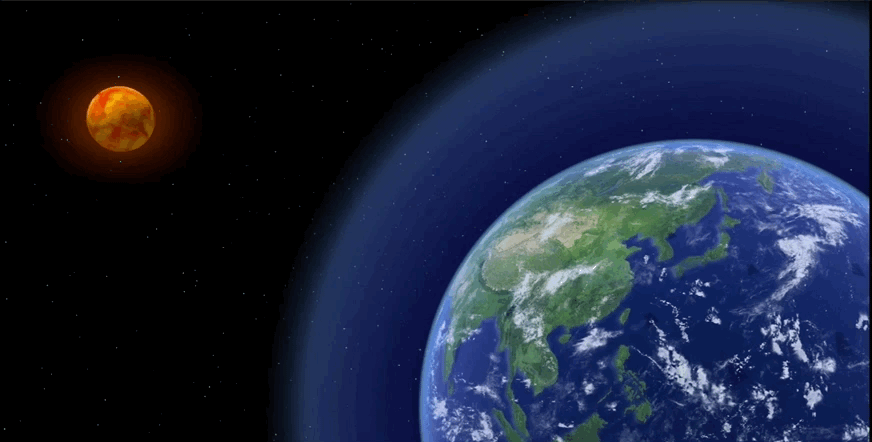
When light energy from the sun travels to the Earth, it passes through greenhouse gases in the atmosphere (namely carbon dioxide and methane), originally derived from natural processes like decomposition and respiration in organisms. Some of this light energy is reflected back into space, while some is contained by the greenhouse gases in the atmosphere. This trapped light energy contains heat that creates a warming effect that raises the temperature of the planet. Without this layer of gases, Earth would be far too cold for life to sustain itself.
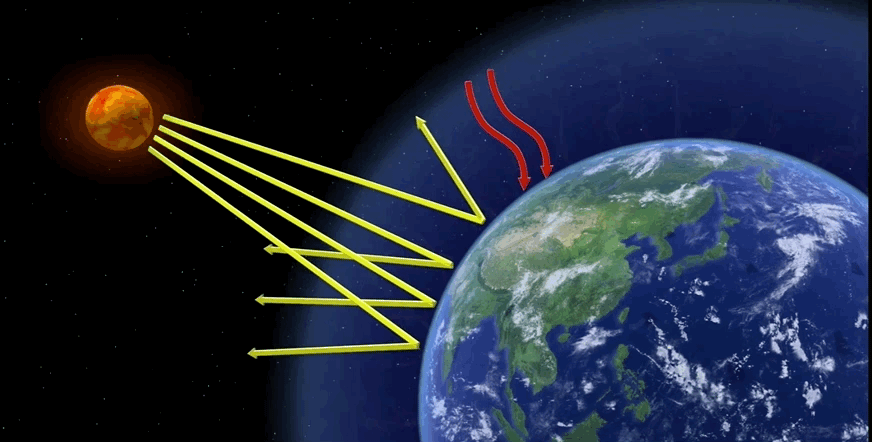
But once humans began burning fossil fuels — coal, oil and natural gas made from previously decomposed organic material — during the industrial revolution, the amount of greenhouse gases released into the atmosphere dramatically increased. These emissions collected in the atmosphere, raising levels of carbon dioxide. The atmosphere, in turn, trapped more light energy and radiated more heat back onto the Earth’s surface. This has caused the average global temperature to increase at a rapid pace — something never before encountered during the existence of humans on this planet.
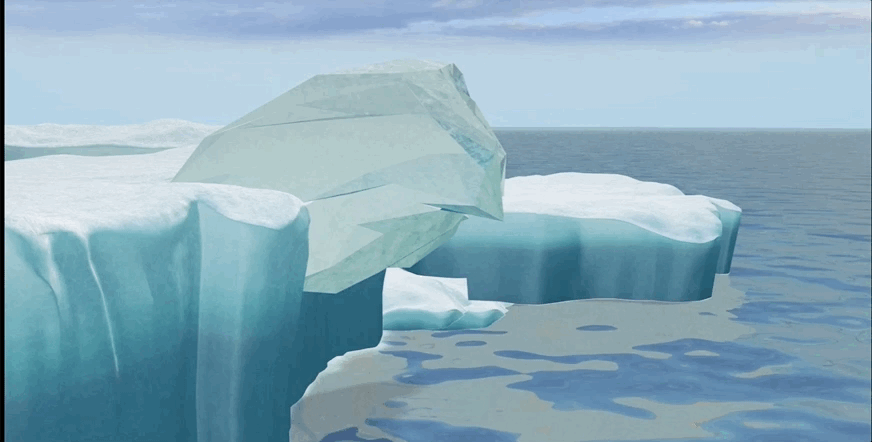
As the planet warms, ice sheets in places like Greenland and Antarctica and sea ice in the polar regions, begin to melt. Massive chunks of glaciers break off into the sea at alarming rates, melting and causing sea levels to rise.
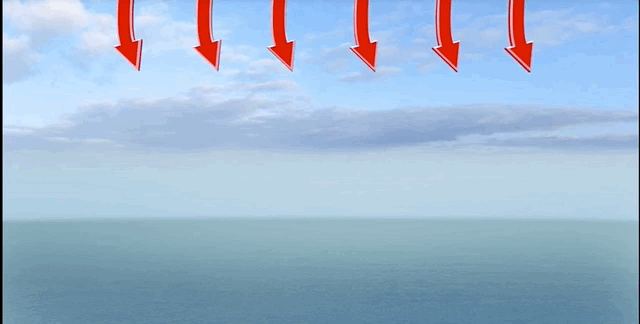
Additionally, atmospheric heat and absorbed carbon dioxide cause thermal expansion in the oceans. Water particles become energized and take up more space, again accelerating sea level rise.
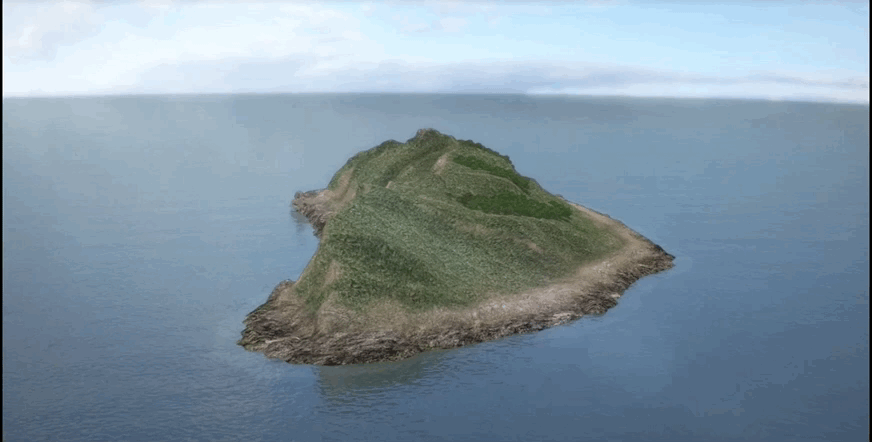
Moreover, a warming ocean sustains more intense storm systems such as hurricanes (as we’ve recently seen with increasingly brutal hurricane seasons). Tiny islands like the San Blas are ravaged by these storms, which uproot trees with strong winds and flood beaches with storm surge.
Climate refugees
Some Guna people don’t appreciate the severity of the situation, said Valiente, particularly older generations, like Davies and his mother, who don’t have access to information about climate change and rising sea levels.
“You try to explain (to) people climate change, and they don’t understand it because they are not causing it,” Valiente said. “The worst thing about climate change is that people in need — people that are not making the problem — are the ones that are going to suffer the most. Everywhere. Not only in Panama, not only with the Gunas — everywhere.”
But Valiente is doing work to combat that lack of knowledge with a project called Burwigan, leading art projects for Guna children about environmental issues that affect them directly.
“We would make fish sculptures. We are putting the fish at different levels around the houses to show them where the sea level will be in the next couple of years,” he said. “I’m working with the kids because what they see now, it’s normal to them. To me, it’s not normal at all.”
Valiente said that while moving is inevitable, plans for a mass relocation to the Guna mainland territory several years ago never materialized due to a change in government.
“We have (one of) the first documented cases of an indigenous group forced to move because of climate change,” Valiente said, in “a country that did not contribute to climate change at all.”


















